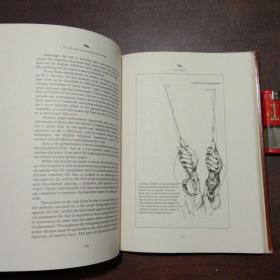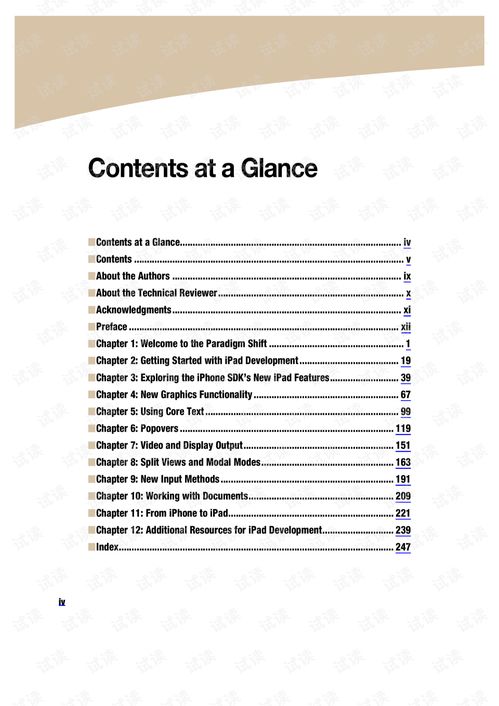
Introduction: Fishing is an enjoyable and relaxing pastime that requires patience, skill, and a bit of know-how. One of the most crucial aspects of fishing is understanding how to properly hook and reel in your catch. In this article, we will discuss various fishing techniques that can help you become a more skilled angler and increase your chances of landing that big one. So, let's dive into the world of fishing and learn how to successfully hook and reel in your catch.
Choosing the Right Bait: The first step in mastering the art of fishing is selecting the right bait. Different fish species have varying preferences when it comes to food, so it's essential to research the species you're targeting. Here are some popular bait options:
- Live bait: Fish, worms, leeches, and minnows are all effective live baits. They mimic the natural prey of many fish species and can be highly attractive.
- Artificial lures: Soft plastics, spinnerbaits, crankbaits, and jigs are just a few examples of artificial lures that can mimic the movement of real fish. These can be effective for a wide range of species.
- Artificial flies: Fly fishing enthusiasts use artificial flies to imitate insects, crustaceans, and other aquatic creatures. This method is particularly effective for catching trout and other freshwater species.
Proper Hooking Techniques: Once you've chosen your bait, it's time to learn how to hook it effectively. Here are some tips to help you hook your bait correctly:
- Use the right size and type of hook: Make sure the hook size matches the bait and the fish species you're targeting. For live bait, a size 4 to 6 hook is generally suitable.
- Hook the bait securely: When hooking live bait, ensure the hook is securely embedded in the bait's mouth or body. For artificial lures, position the hook so that it can move naturally with the bait's action.
- Avoid hooking the bait too deeply: While it's important to hook the bait securely, try not to hook it too deeply. This can cause unnecessary stress to the fish and may even lead to the loss of your catch.
Casting Techniques: Casting is an essential skill for any angler. Here are some tips to help you improve your casting technique:
- Use the correct casting motion: Hold your rod with a comfortable grip and use a smooth, controlled motion to cast your line. Avoid using too much force or making sudden movements.
- Adjust your casting distance: To achieve the desired casting distance, adjust the length of your casting stroke and the angle of your rod tip.
- Pay attention to wind conditions: Wind can affect your casting, so be mindful of its direction and strength. Adjust your casting technique accordingly.
Reeling In Your Catch: Once you've hooked a fish, it's time to reel it in. Here are some tips to help you land your catch:
- Set the hook: After you've felt a tap on your line, immediately set the hook by pulling it down with a quick, upward motion.
- Maintain pressure: Keep tension on the line as you reel in the fish. This will help prevent it from swimming away and allow you to control its movement.
- Use a net: When the fish is close to the boat or shore, use a net to gently scoop it out of the water. This will minimize stress on the fish and make it easier to release or handle.
- Handle the fish with care: Always handle fish gently and avoid unnecessary stress. This is especially important for releasing fish back into the water.
Conclusion: Mastering the art of fishing involves understanding various techniques, including choosing the right bait, hooking your bait properly, casting effectively, and reeling in your catch. By practicing these skills and gaining experience, you'll become a more skilled angler and increase your chances of landing that big one. So, get out there and enjoy the great outdoors while honing your fishing skills!












